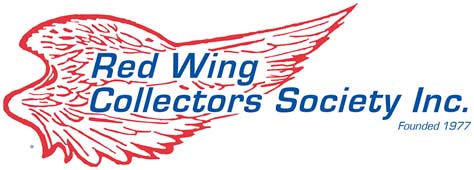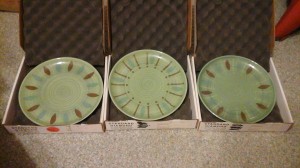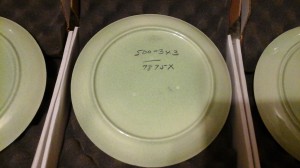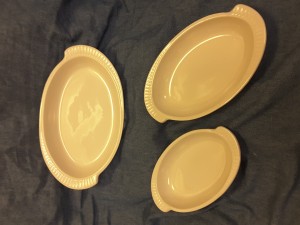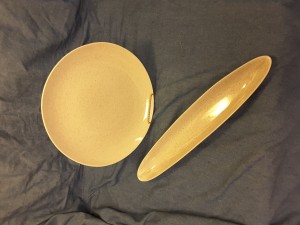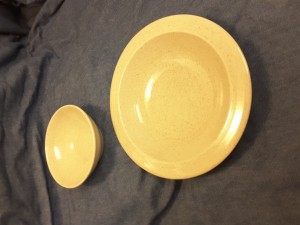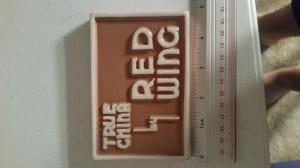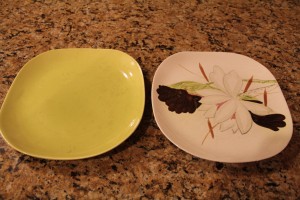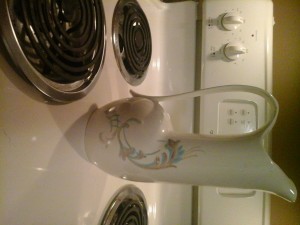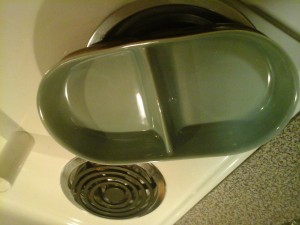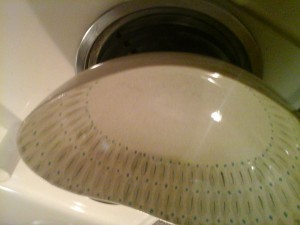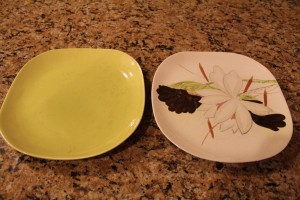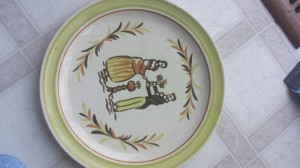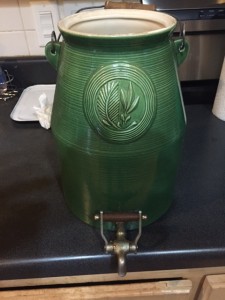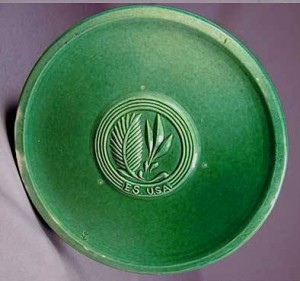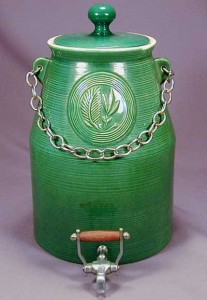Question:
I have not seen any pricing for covered butter dishes, the coffeepot with lid, nor the teapot with lid. Both of the latter are in excellent condition. 1 butter dish has a grayish 3/4″ swath on one side of the lid (production error?) and the other has a hairline crack in the lid.
What might the value of these be?
Also a question regarding condition: if the serving pieces have little cracks in them, do they still have any value? I have the 2.5qt covered casserole with a 3/8″ long crack on the interior lip. Additionally, it has what I would call “pinprick” discolorations on the inner rim (7) and the underside of the lid (7). These appear to be places where the glaze didn’t take, which allowed brownish discoloration to occur. This is also true of the covered bean pot casserole I have. It has 4 pinprick discolorations on the underside of the lid and 7 around the inner rim. It also has a 1/16″ inch chip on the inner lid. How much will these impact the value?
I also have a covered gravy boat with attached plate that has a production flaw crack in the lid. It is a 3/4″ crack that extends from the spoon cutout to the underside of the lid. It is glazed over, so I assume a production flaw. It is not visible from the outside. How much would this piece be worth?
I wondered if the price range of $7-15 apiece for the dinner, salad and bread plates is still accurate.
I also have one serving plate (10″) with a metal handle, and another two-tiered plate (7 1/2″ and 6″) with metal joiner and handle. I understand that these were novelty pieces and not really part of the dinnerware line. Are they worth anything?
14 beige fleck small bowls (5″) to use with the Pepe dinnerware. I assume they are not worth much, but I thought I’d ask.
Sincerely,
Sue
Answer:
As usual, all values assume excellent, undamaged condition unless otherwise noted. Chips, flakes, cracks, hairlines and glaze flaws will reduce the value significantly, generally by 25 to 75% or more. The degree of the reduction depends on the visibility and location of the damage as well as the scarcity of the item. A small chip on a common item will reduces the value to almost nothing, while the same damage on a rare piece will have little effect on the value. It’s impossible to accurately place a value on a damaged piece without viewing it. Even then, what is minor damage in one collector’s eyes can be major damage in another’s. Damage assessment is very subjective.
Many of these items are described as having factory flaws. These flaws will reduce the value as compared to the same item with no flaws. Most likely these pieces were purchased at the Red Wing Pottery Salesroom as that is where Red Wing sold their “seconds” and surplus stock.
Butter dish with cover: $30-40 (Glaze flaw and crack reduce the value by at least 50%)
Beverage server with cover (coffee pot): $50-75
Teapot with cover: $150-200
All of these pieces have value, but the damage described on them will reduce the value significantly as compared to the same item in excellent condition. The Pepe casserole is fairly scarce so the hairline would decrease the value by maybe 25%. Discolorations will reduce values by 50% or more depending on their visibility. The Pepe bean pot with both discoloration and a chip might be worth 75% less than a mint bean pot.
A mint Pepe gravy boat with cover is worth $35-50. The production flaw as described would reduce the value by around 25%.
Pepe plates are not difficult to find so values haven’t changed much. An increase of a dollar or two for each end of the range would be appropriate.
The handled and tiered plates are known as tidbit trays. Tidbit trays were not an official part of any Red Wing dinnerware pattern. While tidbits are not shown in brochures for dinnerware patterns, they were included in Red Wing gift and novelty brochures. However, the buyer could not specify a pattern when ordering a tidbit. That’s because Red Wing used surplus stock to make tidbits, thus would be sent tidbits made from whatever pattern happened to be in oversupply at the time. Values for Pepe tidbits would be $10-30.
The identity of these bowls is not clear. They could be bowls in the Casual shape with no decoration that were made for gift and novelty sales. Or they could be bowls from any pattern that were glazed with beige fleck after the Potteries closed. Hard to place a value without more detail, but they are probably worth at least $5 each if they are in excellent condition.
Larry
